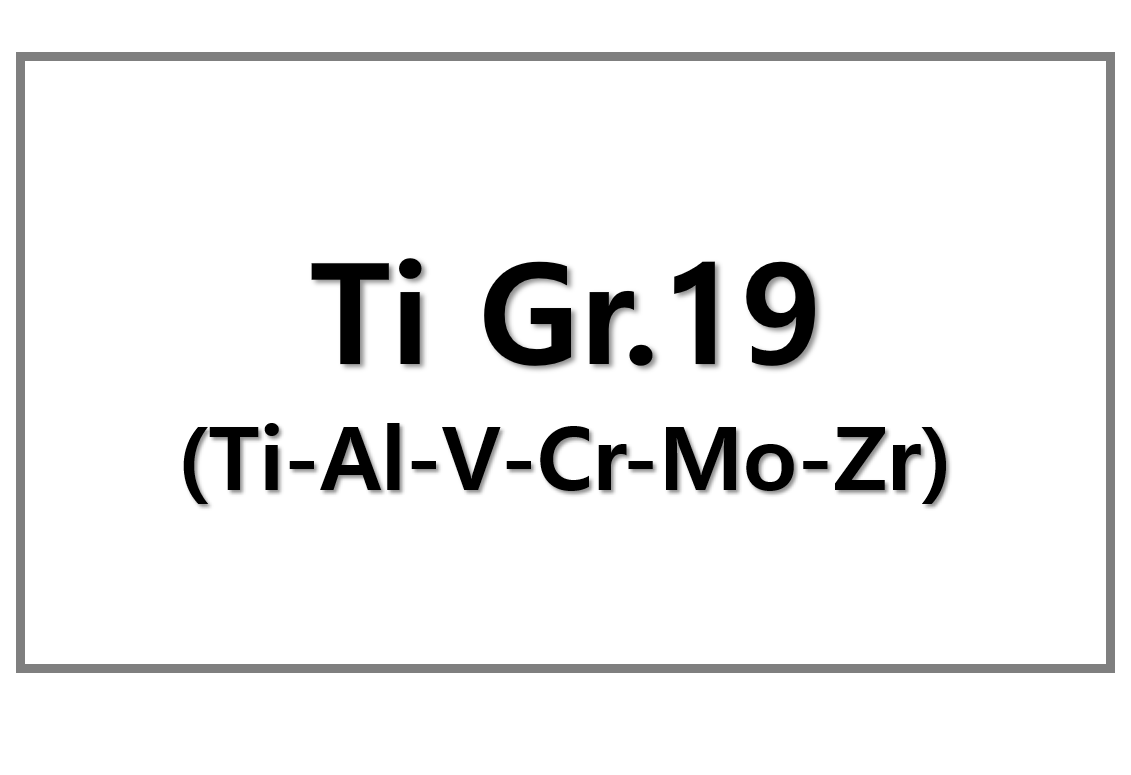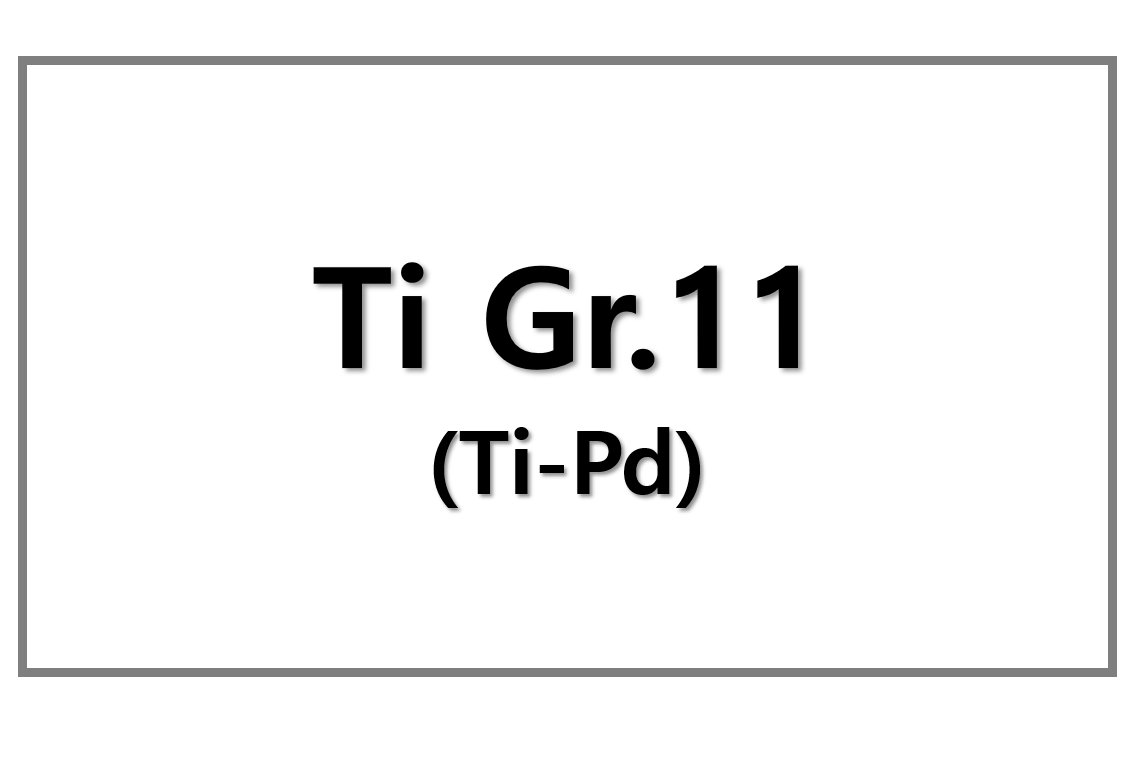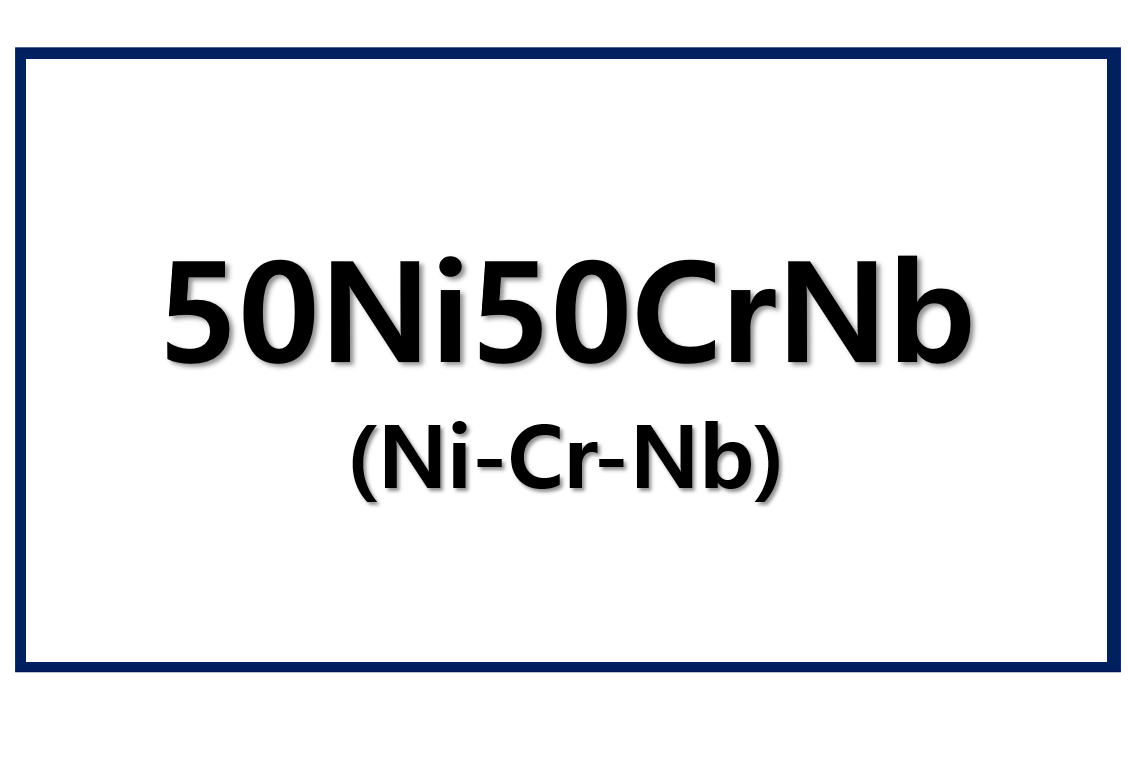
China’s Rare Earths Flow Resumes with Export Licensing Challenges
China has gradually resumed rare earth magnet exports, easing fears of mass automotive supply chain shutdowns. However, the export licensing process remains complex and opaque. European suppliers report improved permit issuance rates rising from 25% to 60%, yet shipments to the US and third countries face delays. This slow licensing pace continues to inject uncertainty into production plans across the global automotive sector.
Since April, China has cut rare earth magnet exports by about 75% following US tariffs and retaliatory restrictions. This disruption forced temporary halts in production lines worldwide, from Asia to Europe and North America. Yet recent developments, including a US-China agreement to expedite license approvals, have calmed some industry fears. Still, many automotive manufacturers remain cautious due to unpredictable export license enforcement.
Impact on Global Automotive Supply Chain and Market Outlook
Automakers like Ford and Stellantis have experienced supply constraints, though some, including Volkswagen, report stable rare earth magnet inventories. Meanwhile, key US magnet producers, such as Dexter Magnetic Technologies, face lengthy approval delays, with only a fraction of licenses granted for non-defense sectors. The ongoing export control environment forces companies to adapt quickly to fluctuating supply risks while pursuing diversification.
As a result, the global automotive industry remains vigilant but optimistic that China’s cautious export easing will prevent widespread disruptions. The delicate balance between trade tensions and supply needs continues to shape market dynamics for rare earth materials crucial to electric vehicles, defense applications, and electronics manufacturing.
SuperMetalPrice Commentary:
China’s selective resumption of rare earth exports signals a strategic easing of trade tensions without fully relaxing control. This partial reopening reduces immediate supply shocks but sustains a cautious environment for global automakers. The industry should monitor licensing trends closely while accelerating supply diversification efforts to mitigate future risks.











Leave a Reply
You must be logged in to post a comment.